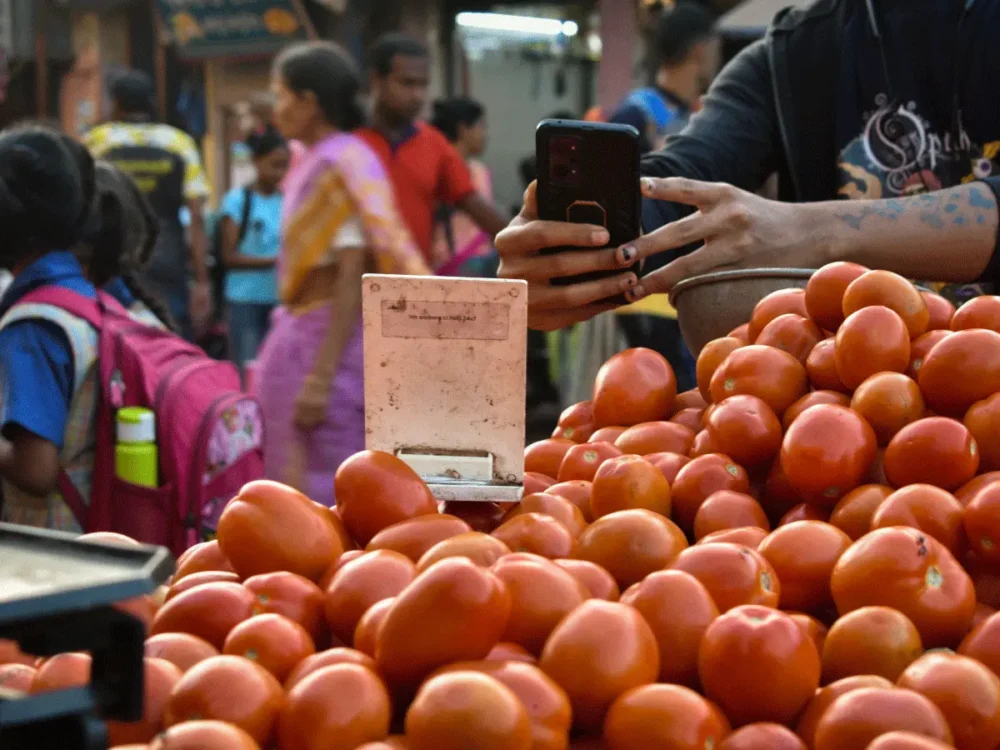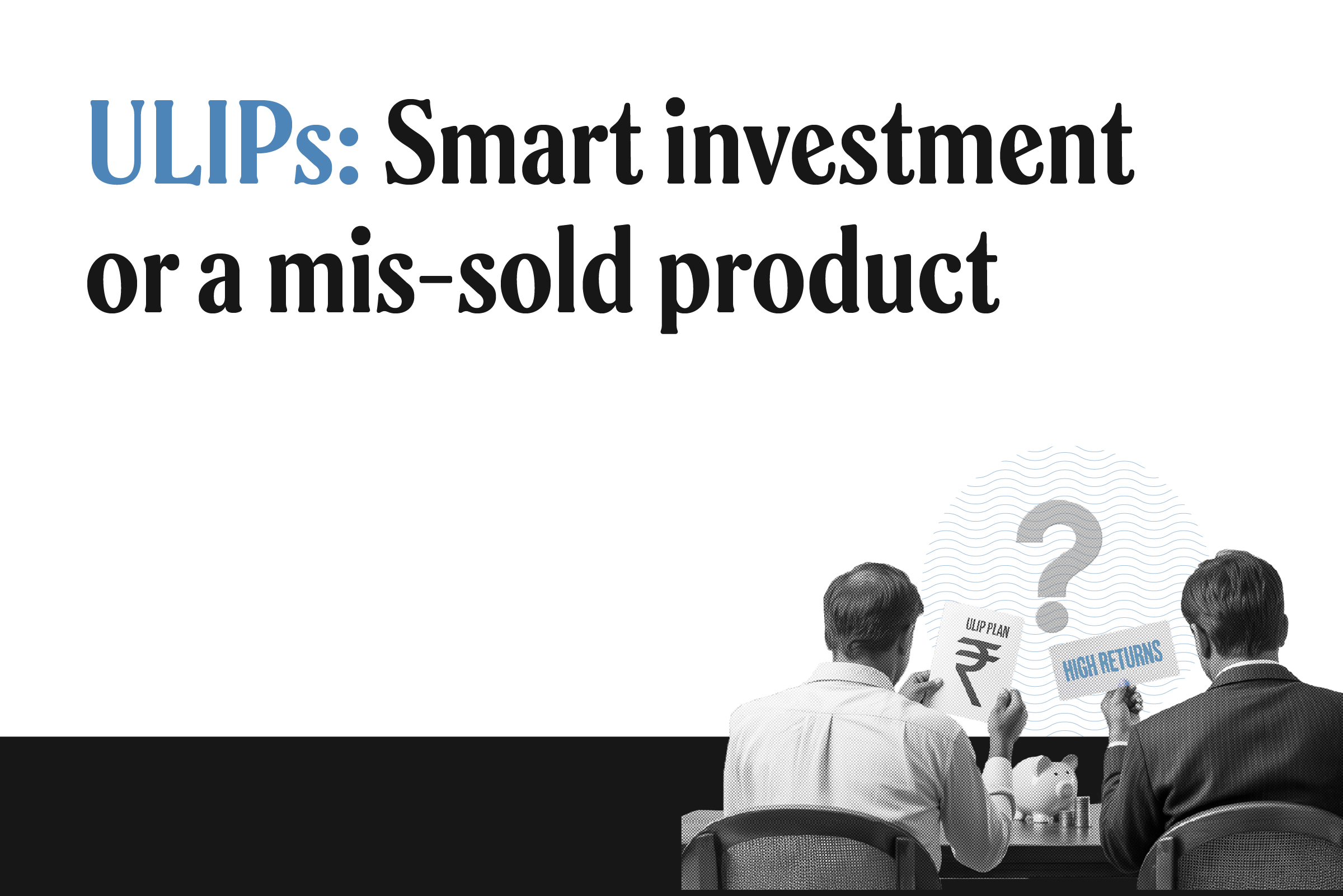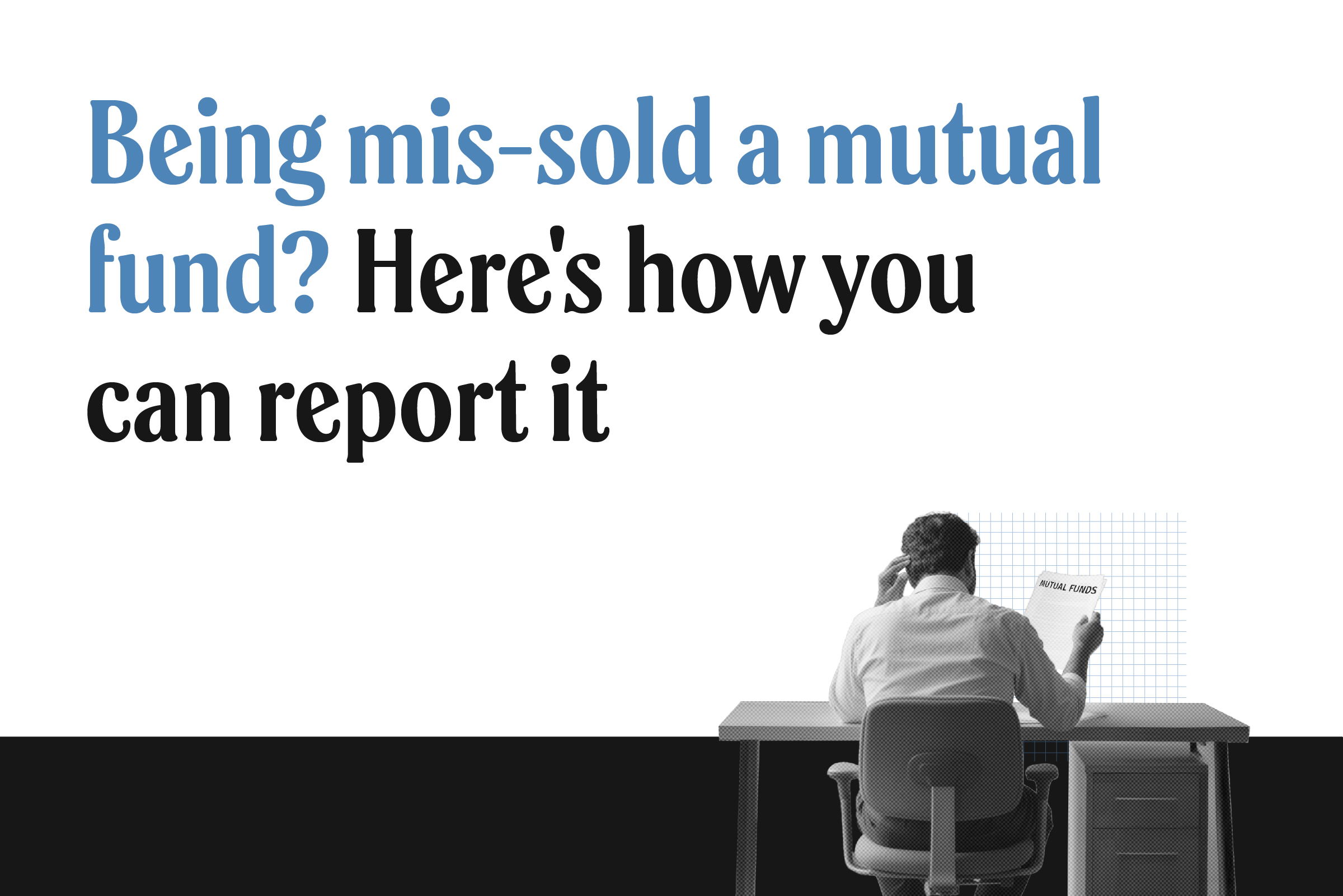Before getting off a rickshaw, or upon approaching a store counter, or while paying for dinner, our eyes now search for a QR code — and when we don’t spot one, we make sure to ask for it. In the last few years — especially post-demonetisation and during the pandemic — we’ve witnessed a sharp increase in the adoption of cashless, contactless payment options, and a shift in the way we make payments. Gone are the days of mandatory trips to the ATM (and praying that it dispenses low-denomination notes) or having to pull out your wallet for swiping your card. While cash is far from obsolete, for some, leaving the house without a wallet is no big deal.
The Unified Payments Interface (UPI) revolution came with many undeniable benefits. The convenience of being able to pay for pretty much anything without fetching your wallet was enough to make millions of Indians download digital payment apps. The assurance of secure transactions and the huge roster of rewards and discounts offered by these services are the icing on the cake.
A 2021 survey by market research company YouGov and payment system company ACI Worldwide found that of the 1,001 Indian adults surveyed, 37% made digital payments via UPI and e-wallets at least once a day, and 77% believed that merchants and retailers are now more open and encouraging towards digital payments than they were pre-pandemic. Only 6% of the respondents in tier 1 and metro cities had never used UPI or e-wallets. However, they were concerned about vulnerability to fraud (42%), data privacy (36%), failed transactions (36%) and internet connectivity (33%) with respect to digital transactions.
Besides the obvious advantages, it might come as a surprise that cashless payments can actually aid in developing financial discipline. Since most, if not all, of our payments are being made digitally, these apps make it easy to record and track expenses, and analyse our spending habits — which may prove more difficult when making cash payments. These insights could help you stick to a budget.
But the new normal is a double-edged sword. The ‘cashless effect’— a cognitive bias that makes people more willing to spend money when there are no physical currency notes being exchanged — seems to be making us buy more, less mindfully. Elizabeth Hirschman, a professor of marketing at the University of Virginia who has authored several papers in the fields of consumer behaviour and economics, conducted research on this effect as far back as 1979. Hirschman compiled customer purchasing data from various branches of a department store chain. The study interviewed customers about their purchases and payment methods, and concluded that customers who paid for their shopping with credit cards or store-issued cards tended to make larger purchases compared to those who paid with cash.
This propensity to spend more on cashless transactions is because we tend to be less aware of the money we’re paying in exchange for goods and services. On the other hand, when we pay for something in cash, the multi-sensory experience of taking out a note and handing it to someone makes us hyper-aware that we are giving something up. This results in a negative feeling known as the ‘pain of paying’ in the field of behavioural economics. This is a perfectly natural response since humans are naturally programmed to be averse to loss.
When we pay by debit card or credit card, we are, to some extent, detached from the money involved in the transaction, and hence do not feel the pain of paying. This effect is only amplified by UPI-enabled apps and other digital payment methods. Many payment services have gamified their user interfaces in order to replace the negative feeling of losing money with a satisfying feeling of accomplishment.
Brands are cashing in on the cashless effect. Cashless payment methods reduce the friction involved in making transactions, making the experience feel effortless for the customer, and further offering incentives like cashbacks and discounts. This can drive consumers to make larger purchases. Ridesharing services and e-commerce portals, for instance, do this through ‘pay later’ schemes and ‘one-click ordering’. Prepaid services and subscription models further exploit the cashless effect by introducing defaults — pre-set outcomes that take effect without any action on your part — like recurring monthly payments to boost sales. Another survey by YouGov and ACI Worldwide, conducted in 2019, had found that 42% of the 1,025 respondents felt that better rewards could encourage the usage of digital payment methods, and 24% said that faster and more frictionless checkout experiences would help with this.
Going cashless comes with its own complications. The arrival of digital payments has benefited consumers and businesses alike, but it’s important for us to be conscious of how these developments affect us and the way we handle our money.







